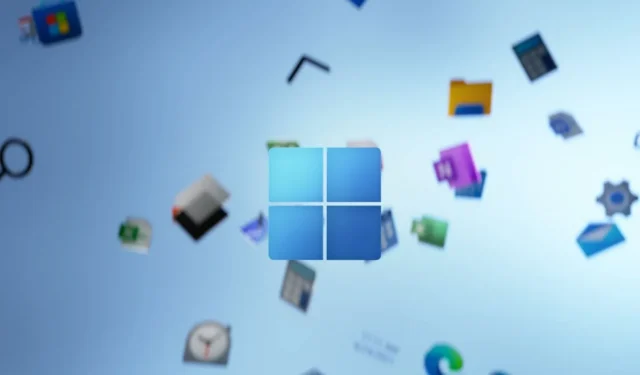Windows 11 2024 Update Enhances File Copying Speed with ReFS Technology

ReFS (Resilient File System) has been a feature of Windows Server for many years, and it is now making its way to consumers with the Windows 11 2024 Update. Microsoft has introduced a new ReFS feature called Block Cloning in Windows 11 24H2. The primary goal of this addition is to enhance the overall performance of developer drives.
Block Cloning was previously available in various Windows Server iterations, including Windows Server 2025, Windows Server 2022, Windows Server 2019, and Windows Server 2016. This innovative feature eliminates the need for duplicating data on the same disk, as it instead creates a pointer to the original file location.
This allows applications to utilize that pointer for data access, significantly reducing the storage space consumed. Microsoft published a comparison chart in May 2024, showcasing the performance improvements of ReFS over NTFS.
The findings strongly favored ReFS, demonstrating up to a 92% increase in speed when copying a 10GB file using Block Cloning.
For instance, copying a 10GB file is 92% faster, now taking just over half a second instead of almost 8 seconds. A 1GB file now copies 94% faster in only 38 milliseconds. Even smaller files, such as 1MB, benefit from a noticeable speedup, copying 18% quicker.
When dealing with larger directories, like an 18GB folder, the copying process is 80% faster, taking merely 6 seconds compared to over 30 seconds previously.
ReFS first appeared with Windows Server 2012, nearly fourteen years ago. Since its inception, it has incorporated numerous enhancements, including mirror-accelerated parity and integrity streams.
Why don’t we use ReFS instead of NTFS?
It’s important to note that ReFS is not intended for standard disk operations. You cannot bypass NTFS to exclusively use ReFS, as Windows will fail to boot correctly. This file system is designed for developers and managed PC environments, not for typical everyday users.
ReFS emphasizes data resilience through numerous backups and integrity checks, effectively preventing corruption. There’s no need to execute the CHKDSK command for repairing bad sectors, as it handles this automatically.
NTFS, on the other hand, includes several features absent in ReFS. Such features encompass file compression and encryption, all while consuming minimal system resources. If you wish to convert an NTFS drive to ReFS, a complete format is necessary.
Microsoft continues to utilize NTFS for the client versions of Windows 11, considering it adequately meets user needs. There are currently no indications that a switch to ReFS is expected in the near future.


i need windows 11